#hunting dog art
Explore tagged Tumblr posts
Text



Pride Torch variants for pride 🏳️🌈
#my art#ill probably open some limited cave art comms soon for pride but i start training for a promotion next week so#im unsure how much time/energy ill have to commit to art this month#west siberian laika#torch#torch art#hunting dog art#laika art#west siberian laika art
32 notes
·
View notes
Photo

REDBONE COONHOUND gaiting movement well bred wall art akc breeds Canvas print Your favourite breed art print - head or body conformation - groomer gift - Other Breeds Available - dog breeder gift - regional specialty or national specialty prize gift idea Artwork by Ivy Fox Illustration Follow Ivy Fox Illustration on social media https://m.facebook.com/IvyFox.illustration/ https://www.instagram.com/ivyfox.illustration/ Find your dog breed: Personalized Pet Portraits: https://ivyfoxillustrates.etsy.com/ My website: https://ivyfoxillustration.com/ Art Prints Merch Original PaintingsUpgrade any room with art printed on top-quality canvas gallery wraps. Each wrap is made with finely textured, artist-grade cotton substrate which consistently reproduces your image in outstanding clarity and detail. Available in multiple sizes, these closed back canvases are built with a patented, solid support face and are excellent for indoor use. .: 100% cotton fabric .: Closed cardboard backing .: Built with a patented solid support face .: High image quality and detail .: NB! For indoor use only A gallery wrapped canvas print of a Redbone Coonhound! This makes. Great gift for dog lovers, coonhound fanciers, and all alike. This drawing is a movement illustration of redbone coonhound. It is imperative to me that the breed’s correct gait be represented completely, and that the dog is drawn to match its breed standard. Don’t see your breed yet? Keep an eye out for the future additions to my AKC All-Breed Series! About the breed: ORIGINS His handsome appearance with his striking deep red coat may be reminiscent of a prize-winning show dog, but don’t let his good looks fool you. The Redbone Coonhound is a true working dog and one of the hardest hunting hounds to come out of the United States. The breed was developed in the Southeastern United States from imported red and white Scottish and Irish Foxhounds that had been brought to the US in the 1700s and 1800s, and perhaps some bloodhound lineage as well. Originally known as “saddlebacks,” the breed once sported a black saddle, similar to the saddle markings of the bloodhound. Occasionally markings will show up in pups as a relic trait of their Scottish and Irish ancestors. The name of the breed is credited to an early breeder by the name of Peter Redbone. MOVEMENT Determined, strong, energetic, efficient, and effortless. The characteristics of healthy structure are evident: when moving away, the forelegs and rear pasterns should remain parallel to one another. When viewing movement from the front, the forelegs should remain parallel, with elbows and paws moving neither in nor out. From the rear, the back pads should be visible when the rear legs are extended. As speed increases, the forelimbs and hindlimbs will converge to the centerline of gravity. From the side, the topline should remain firm and level. Good reach of movement in the front allows the forepaw to extend out in a line with the nose. The width between the forefeet when extended should be approximately equal to the width between the hindfeet when extended, indicating balance, good reach, and good drive. Dogs that exhibit any sign of breathing or locomotive difficulty shall be disqualified from the show ring. BREED CHARACTERISTICS Head: Somewhat mesaticephalic skull type, moderate in size, appearing fairly long (never narrow) and in proportion to the rest of the body. The topskull is fairly broad, and may be flat to just slightly arced when viewed from the front or in profile. It should never appear narrow or domed. The head is clean-cut without excess skin or wrinkle. Eyes: Moderate in size, somewhat round, oval, open almond to lemon in shape, and amber, hazel, or medium to dark brown in color. The eye rims are well-fitted and well-pigmented. The eyes are never bulging. There should be sufficient bone in the surrounding orbital sockets to protect the eyes. Any signs of entropion or ectropion are incorrect for this breed. Ears: Somewhat long and large in size, broad, hound-type ears. They are set fairly low on the skull, in line with the eyes when in repose, yet capable of being brought up just below the plane of the topskull when alert. They should extend to the nose when brought forward. Muzzle: The muzzle is full, deep, and broad. The plane, or bridge of the muzzle, is straight and never dished. Upper and lower jaws are well-developed, approximately equal in length, and have good bone substance, never appearing snipy or weak. Nose: The nose is well-pigmented and black. The nostrils are well-opened. Neck: Moderate length allows for good head carriage, it is strongly muscled with a slight arch. The neck tapers smoothly from the deeper and broader body toward the head. The neck is clean-cut and without excess skin, however, some slightly loose skin on the throat is permissible, but never forming a pendulous dewlap. Chest: Deep and broad, but never wider than deep. The brisket extends to the point of the elbows. Body: Compact, solid, and of good substance. The body is never racy or refined. Width at forequarters is approximately equal to the width at the hindquarters. Capable of agility, speed, and endurance. Feet: Oval to round and compact, with well-arched toes and tough pads. Tail: May be set low, or neither high nor low on the croup, but as a natural extension of the topline. It is thick at the base and tapering toward the tip. The tail is carried in accordance with the dog’s mood and energy level, but never tucked. The tail is of a moderately long length, with the tip of the last vertebrae extending to the hock joints when held down. The tail may be sabre, straight, or gently curved. Movement: Determined, strong, energetic, efficient, and effortless. The characteristics of healthy structure are evident: when moving away, the forelegs and rear pasterns should remain parallel to one another. When viewing movement from the front, the forelegs should remain parallel, with elbows and paws moving neither in nor out. From the rear, the back pads should be visible when the rear legs are extended. As speed increases, the forelimbs and hindlimbs will converge to the centerline of gravity. From the side, the topline should remain firm and level. Good reach of movement in the front allows the forepaw to extend out in a line with the nose. The width between the forefeet when extended should be approximately equal to the width between the hindfeet when extended, indicating balance, good reach, and good drive. Dogs that exhibit any sign of breathing or locomotive difficulty shall be disqualified from the show ring. Temperament: The Redbone is a strongly instinctual hunting dog. For this reason, it is recommended that they go to working homes that will allow them to exercise their desire to hunt, either through hunting events or search and rescue. In well-suited homes, they are excellent working dogs and family companions. They are even-tempered, social, affectionate, and eager. Being a pack dog, they are known to get along well with other animals. They require regular daily exercise to ensure that their desire to sniff things out doesn’t manifest in problem behaviors. They respond well to formal training. Any unprovoked aggressive or fearful behavior toward people is incorrect for this breed. BREED STANDARD BREED GROUP 7: SCENTHOUNDS AND RELATED BREEDS Proportions: Somewhat off-square to slightly rectangular with length of the body, measured from the point of the forechest to the point of the rump being just slightly greater than the height at the withers. The length-to-height ratio is between 5:4 and 10:9. The body is well put together, with sturdy substance and moderate bone. HEAD General Appearance: Somewhat mesaticephalic skull type, moderate in size, appearing fairly long (never narrow) and in proportion to the rest of the body. The topskull is fairly broad, and may be flat to just slightly arced when viewed from the front or in profile. It should never appear narrow or domed. The head is clean-cut without excess skin or wrinkle. Expression: Intelligent, pleading, and approachable. Stop: The stop is somewhat defined, but never abrupt. Skull: The ideal muzzle-to-skull ratio is 1:1, with the topskull being equal to the muzzle. The ideal muzzle-to-skull axis is parallel. Muzzle: The muzzle is full, deep, and broad. The plane, or bridge of the muzzle, is straight and never dished. Upper and lower jaws are well-developed, approximately equal in length, and have good bone substance, never appearing snipy or weak. Lips or Flews: Lips are fairly well-fitted and rather clean. They fit well over the teeth and jaws, never appearing pendulous or falling well below the lower jaw plane. They are just thick and deep enough to give the muzzle a rectangular appearance. Nose: The nose is well-pigmented and black. The nostrils are well-opened. Cheeks: The cheeks are smoothly muscled, never appearing chiseled or coarse. Dentition and Bite: Forty-two strong, clean, white teeth. Bite may be level, or scissor, or reverse-scissor. Contact must be made between the top and bottom incisors. Missing or broken teeth as a result of routine work is not to be penalized. Eyes: Moderate in size, somewhat round, oval, open almond to lemon in shape, and amber, hazel, or medium to dark brown in color. The eye rims are well-fitted and well-pigmented. The eyes are never bulging. There should be sufficient bone in the surrounding orbital sockets to protect the eyes. Any signs of entropion or ectropion are incorrect for this breed. Ears: Somewhat long and large in size, broad, hound-type ears. They are set fairly low on the skull, in line with the eyes when in repose, yet capable of being brought up just below the plane of the topskull when alert. They should extend to the nose when brought forward. BODY AND TAIL General Description: Compact, solid, and of good substance. The body is never racy or refined. Width at forequarters is approximately equal to the width at the hindquarters. Capable of agility, speed, and endurance. Neck: Moderate length allows for good head carriage, it is strongly muscled with a slight arch. The neck tapers smoothly from the deeper and broader body toward the head. The neck is clean-cut and without excess skin, however, some slightly loose skin on the throat is permissible, but never forming a pendulous dewlap. Chest: Deep and broad, but never wider than deep. The brisket extends to the point of the elbows. Topline: May be level from slightly prominent withers to croup, or with a slight (almost imperceptible) slope from withers to croup. The back is broad, strongly muscled, and straight, yet supple. The loin is taut and slightly arched, yet supportive. The back is never swayed or roached. The topline should never rise toward the croup. Croup: Broad and strong, may be almost flat and level with the back or gently sloped. Underline: Slight to moderate tuck-up present. The underline is taut and firm, without any indication of sagging or excess weight. Ribs: Long, well-sprung, well-laid-back, and oval-shaped, never barrel-chested or slab-sided. Tail: May be set low, or neither high nor low on the croup, but as a natural extension of the topline. It is thick at the base and tapering toward the tip. The tail is carried in accordance with the dog’s mood and energy level, but never tucked. The tail is of a moderately long length, with the tip of the last vertebrae extending to the hock joints when held down. The tail may be sabre, straight, or gently curved. FOREQUARTERS AND HINDQUARTERS Forequarters: Forequarters are always in balance with the hindquarters. Forequarters are well-angulated with well-laid-back shoulder blades. Shoulder blades are approximately equal in length to the upper arm and forearm. Elbows: Elbows are close to the body. The point of the elbows is approximately half the dog’s height at the withers. Forelegs: Frontal View: Straight, of good muscle, moderate bone, and parallel to one another. Side View: The forelimbs appear straight with strong pasterns. Pasterns: Never weak or broken. Hindquarters: Upper thigh and lower thigh are equal in length, strong, sturdy, of moderate bone, and well-muscled. Rear View: When viewed from the rear, the rear pasterns are parallel to one another. Side View: Good angulation will allow the rear toes to align with the point of the rump or within one to two paw-lengths behind the point of the rump, with the rear pasterns remaining perpendicular to the ground and parallel to one another. Stifle Joint: Well-angulated with a good bend to well-let-down rear pasterns. Angulations: Angulation of hindquarters is always in balance with angulation of forequarters. Feet: Oval to round and compact, with well-arched toes and tough pads. COAT Skin: Well-fitted, yet supple. The skin should never obstruct the outline of the dog. Coat Type: The coat is short, smooth, and close to the body throughout. The texture is coarse and glossy, with a short, dense undercoat. Coat will be just slightly longer on neck, with a slight brush on the tail. No fringe or feather permissible. Coat Color or Pattern: CKC recognizes two color varieties of the Redbone Coonhound breed: the standard color and nonstandard color variety. Standard coat color variety: Deep, rich, solid red to mahogany. Darker muzzle permissible. Small amounts of white on the chest and feet permissible. Non-standard coat color variety: White extending beyond the toes, large patches of white on the chest, white stockings, other white markings on the coat, any color other than the standard color.Contact Email: IvyFoxIllustration@ gmail(dot)com ———— Tags and other miscellaneous info: ———— Ivy Fox Illustration Ivy Fox dog art Museum of the Dog American Kennel Club Showsight - Where Champions Are Celebrated American Dog Fancier InfoDog Best In Show The Canine Chronicle AKC Gazette best pet portrait artist watercolor fine art unique art Akc meet the breeds Westminster kennel club dog show national dog show crufts grooming intergroom superzoo petquest groom expo dog sports well bred dogs purebred preservation breeders ethical breeders breeder of merit akc grand champion Ch – Champion of Record – earned by gaining 15 points in conformation wins. Points awarded is determined by the number of other entries the winning dog defeats. A dog must win at least two majors (by winning at two different shows under two different judges where there are enough entries defeated to equal 3-5 points by the AKC point system. OTCh – Obedience Trial Champion To earn an obedience title, the dog must have a passing score of 50% of possible points or better, and an overall passing score at three different competitions under three different judges. CD – Companion Dog (First Level Obedience Competition, basic obedience exercises) CDX – Companion Dog Excellent (Intermediate Level Obedience Competition, more advanced obedience work) UD – Utility Dog (Advanced Level Obedience Competition, difficult obedience work, including hand signals) UDX – The highest obedience degree AKC presently awards TRACKING TD – Tracking Dog TDX – Tracking Dog Excellent VST – Variable Surface Tracking HERDING HIC – Herding Instinct Certificate HT – Herding Tested PT – PreTrial Tested HS – Herding Started HI – Herding Intermediate HX – Herding Excellent HCh – Herding Champion AGILITY NA – Novice Agility OA – Open Agility AX – Agility Excellent MX – Master Agility Excellent NAJ – Novice Agility Jumper OAJ – Open Agility Jumper EAJ – Excellent Agility Jumper AKC Unofficial Titles CGC – Canine Good Citizen ROM – Register of Merit – A dog or bitch must earn a number of points specified by the DPCA rules, and also meet the numbers of champion and major pointed progeny required by DPCA. The requirements for bitches are less than the requirements for the dogs because males have the opportunity to produce a far larger number of offspring. ROMC – Canadian ROM ROM/C – designates that the dog has earned an American and a Canadian ROM. TT – Temperament Tested TC – Temperament Certified AOE – Award of Excellence-A dog must meet qualifications in conformation, obedience, and also be OFA´d to earn this award. New competitions are being added and rules for competitions change, for the most up to date rules and regulations, check with the AKC and the DPCA. Miscellaneous American titles often seen on pedigrees and in advertising. BIS – Best in Show at an All-Breed Show in conformation. BISS – Best in Show Specialty (where only dogs of the same breed are competing in conformation) BOB – Best of Breed BOS – Best Opposite Sex BOW – Best of Winners (best between Winners Dog and Winners Bitch in breed conformation class competition) WD – Winners Dog – the winning dog overall of the regular classes of his sex. WB – Winners Bitch – the winning bitch overall of the regular classes of her sex. RWD/RWB – Runner up to the winners dog and bitch, if the winner becomes ineligible for the award then the runner up will receive the points awarded from that show. Special – A dog that is already a Champion that is competing for Best of Breed only. A Champion cannot compete in the classes where points are earned (because a Champion has already earned them!) RTD – Registered Therapy Dog TD I- Dog has passed Therapy Dog International´s testing HEALTH CERTIFICATIONS OVC – Ontario Veterinary College OVC Hip Certification – A dog may be preliminary screened at a younger age, but will not receive a certification unless the dog is at least 18 months old. It was told to me by a tech in the radiology department of OVC that they consider hips to either be bad, in which case they are rated on a scale from 0 – 4, with 4 being the worse, or they are “good” in which case the animal will receive a certification number (if 18 months or older. Therefore they do not follow the U.S. rating system which includes “FAIR”, Good, Excellent”. Their exact words were “the hips are either GOOD or they are NOT. OFA – Orthopedic Foundation for Animals OFA Hip Certifications – dogs within a specified range of normal hip x-rays are certified OFA-Excellent, Good, or Fair OFA – Elbow Certification – Certified by OFA for normal elbows on x-ray, only one grade recognized as normal. Check with OFA for proper procedures and positioning for hip and elbow x-rays. A dog may be preliminary screened at a younger age, but will not receive a certification unless the dog is at least 24 months old. OFA is also now doing certifications for other canine health concerns such as normal thyroid levels, check with OFA for accurate data and rules concerning these. CERF – Canine Eye Registry Foundation-dog is certified to have normal eyes. Re-certification must be done annually. vWD – Von Willebrands Disease free-meaning the dog has been tested and found free of vWD, a bleeding disorder, vWD free ratings also are often given with a percentage listed. For the best information on Von Willebrand´s Disease, contact Dr Jean Dodds, who is the leading research specialist in blood disorders. Dog show prize idea
#Hunting dog#Hunting dog art#Hound#Coonhound#Redbone coonhound#Well bred#Pet portrait#Coonhound gaiting#Coonhound gait#Coonhound show dog#Movement#Dog breed#Ethical breeder
0 notes
Text

System
#my art#digital art#artists on tumblr#surreal art#digital painting#dog#aka the original concept for my hunt piece#figured I’d edit and post it so it’s not lost to time#ndh
7K notes
·
View notes
Text

the dogs have their own place to relax but they want to hang out with their favorite lord
(characters/designs from my WIP graphic novel, Wildercourt)
#art#WLDR#wildercourt#dog#monster#hunting dogs#lord wolf#kurkhoran#I'M STILL WORKING ON THIS IF ANYONE REMEMBERS LOL getting back to it in 2025 wahey#I had to take several long breaks for other projects but I still love this story and want to finish it but it's super big (380 pages rip)
4K notes
·
View notes
Text
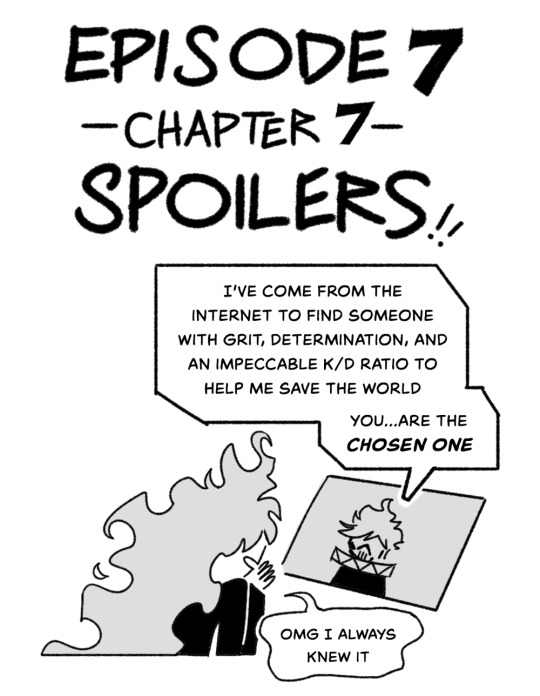
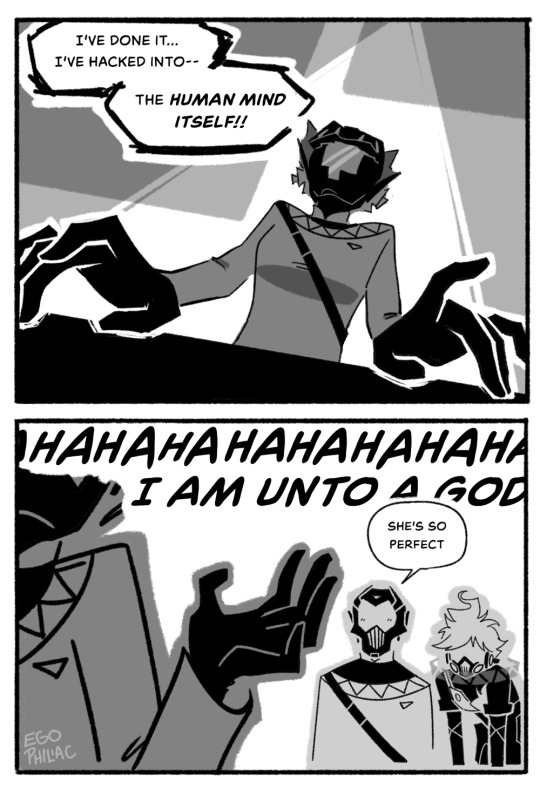
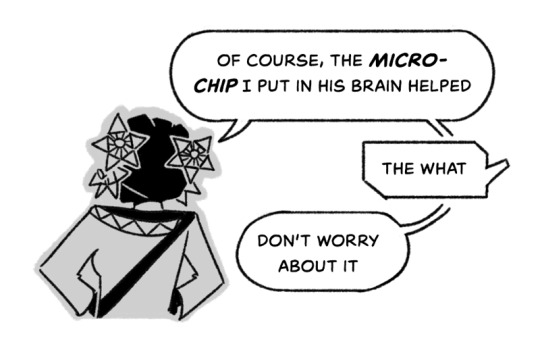
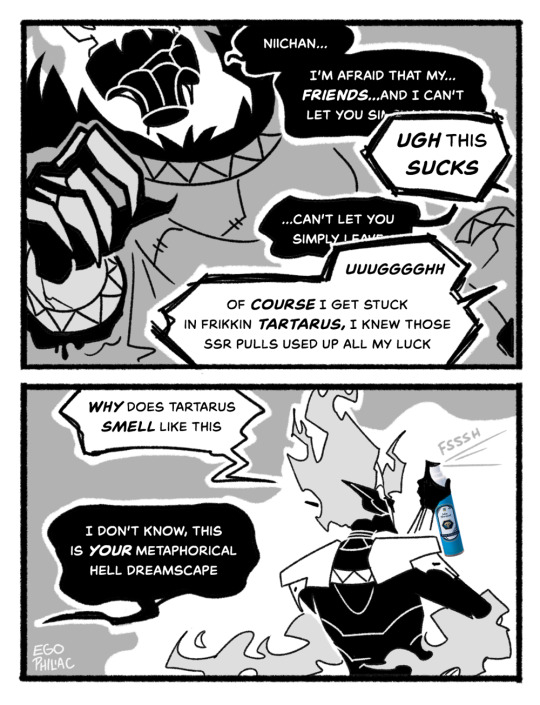
don't think I'm not still deep in the episode 7 brainrot. because OH BOY AM I
(also one more extremely, obnoxiously self-referential thing, I'm -- I'm so sorry)

#art#twisted wonderland#twisted wonderland spoilers#twisted wonderland episode 7 spoilers#twisted wonderland episode 7 part 7 spoilers#twisted wonderland book 7#twisted wonderland book 7 part 7 spoilers#and so ends the saga#(this time for real i promise)#malleus post-episode 7: shroud...i should have heeded your warnings...now tell me more about how i may hunt this elusive 'snipe'#alas poor puppies :( i'm glad they had a little aside about how they can fix them after this whole mess#let ortho have his dogs!#man i love that this has come down to malleus vs technology though#MY FAVORITE#ortho: you can destroy the shell that links me to this mortal world...but can you select the CORRECT DOWNLOAD LINK???#malleus: (downloads a billion viruses and dies instantly)#also i'm probably the only one who thinks idia complaining about his own mental tartarus prison is funny#but there we go#idia has two modes and two modes only#he's either in the middle of a metaphor where he finally forgives himself for his brother's death and takes charge of his own destiny#or he's like 'fuck yeah i'm about to get isekai'd into the internet! (immediately falls over making dying whale sounds)'#wait no he has a third mode: actively suffocating because silver and sebek won't stop squishing him#look he's just delightful no matter what's going on okay
4K notes
·
View notes
Text
DogHunt pt.5?! Kyle asks!
(SORRY FOR THE WAIT LOL)
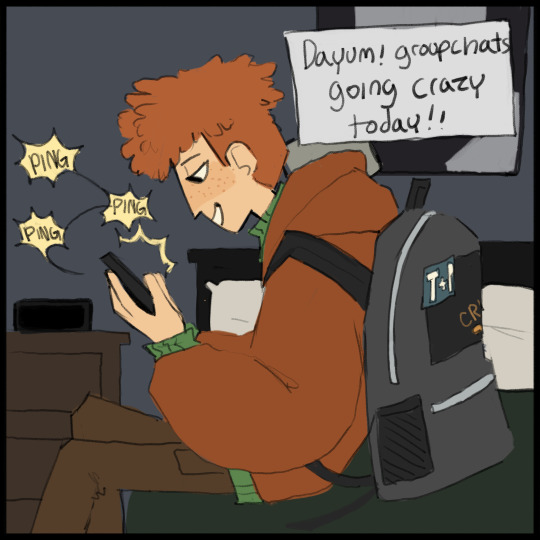

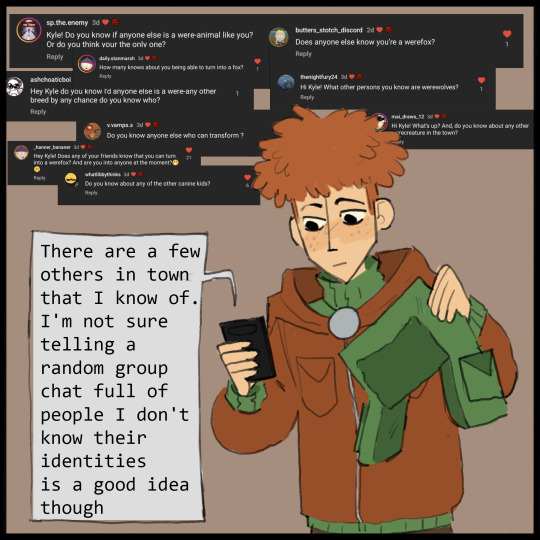
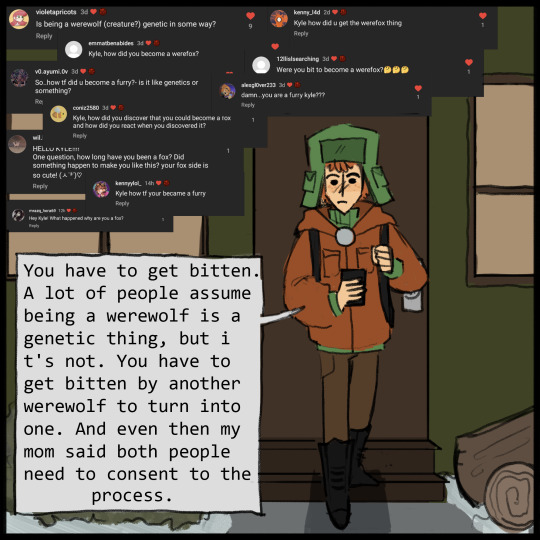
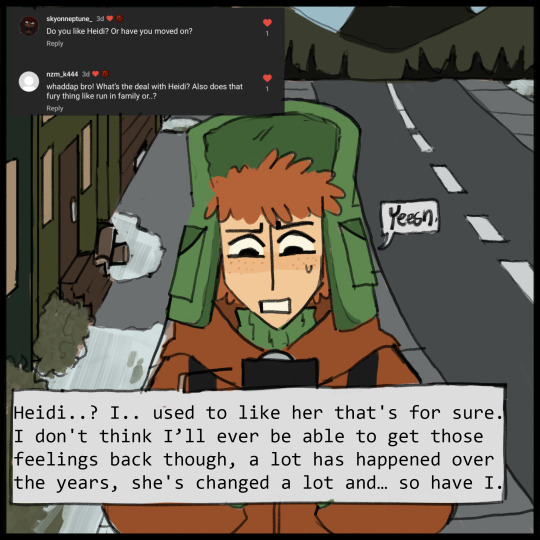
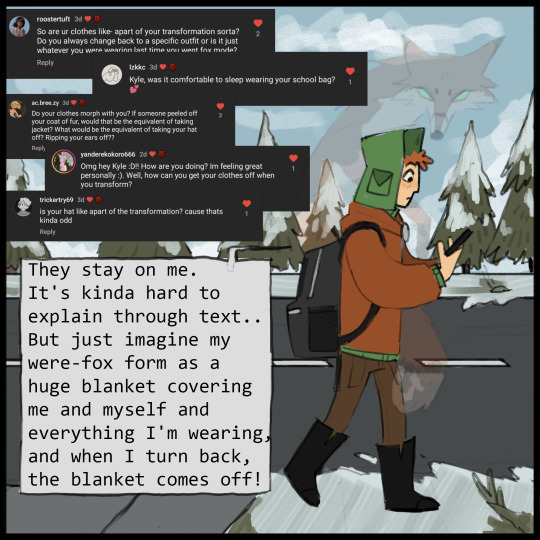
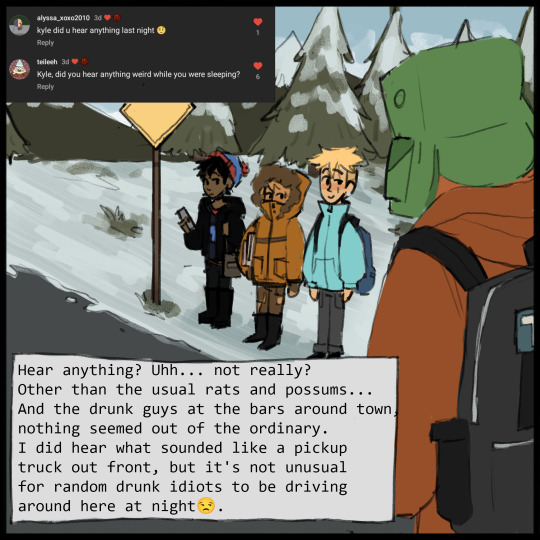

// previous || next \\
(Writing credit: @sophszzz)
#south park#south park au#southpark#doghunt au#doghunt#south park dog hunt#sp kyle broflovski#sp kyle#kyle brovlofski#kyle south park#kyle broflovski#sp stan marsh#south park stan#goth stan#butters leopold stotch#south park butters#butters#butters sp#butters stotch#sp kenny#sp butters#butters art#kenny mccormick#kenny south park#south park kenny#kenny sp#kenny fanart#kyle fanart#stan fanart#butters fanart
5K notes
·
View notes
Text

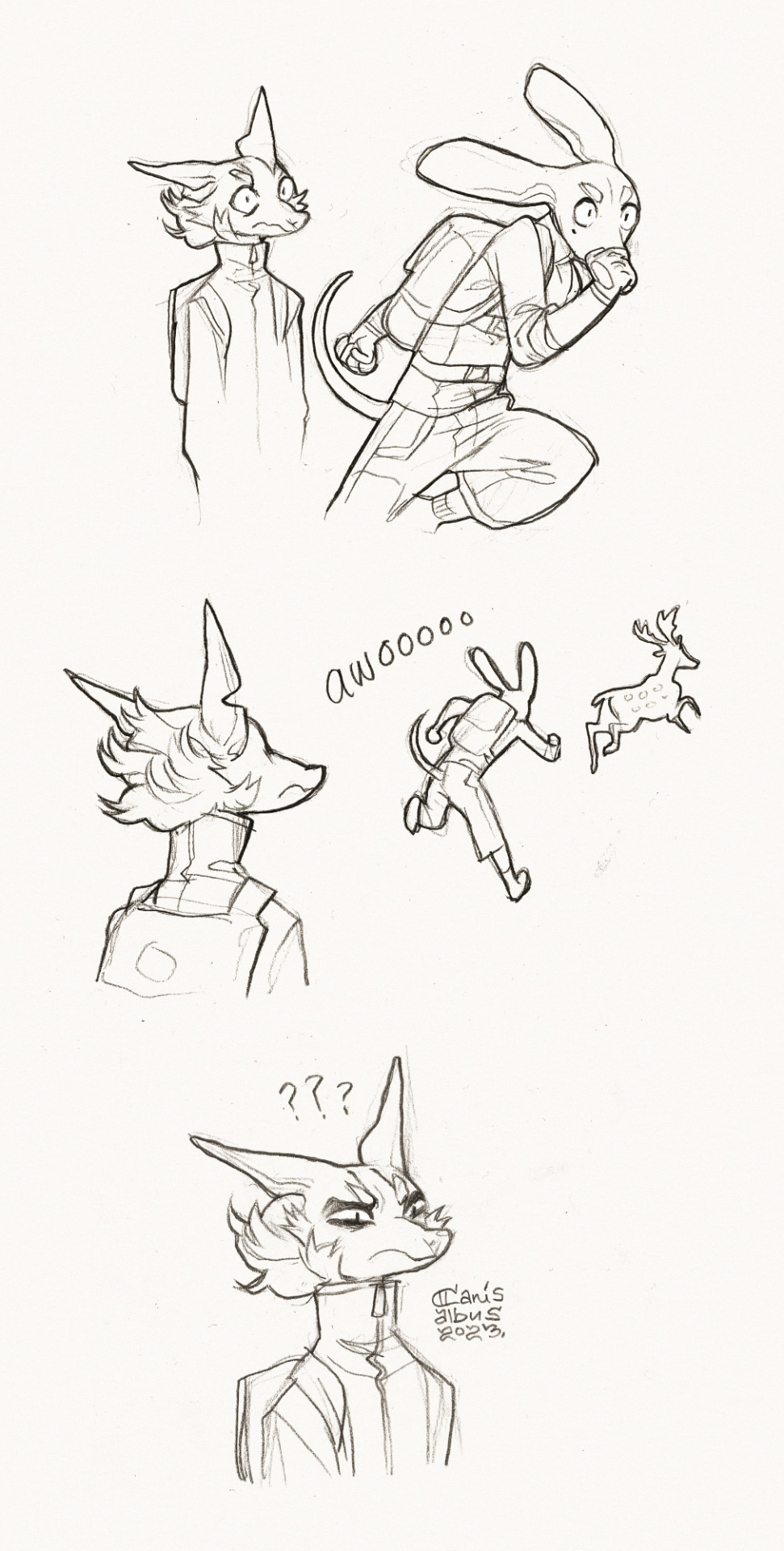
✦ Hound mode ✦
#meat! food for the pack! we're eating well tonight!#for context I mentioned earlier that in their setting normal four-legged dogs don't exist#which is a bummer since in canon timeline Vasco likes to hunt and in that era hunting usually involved a lot of hounds#and they just have to do without#own art#own characters#CanisAlbus#art#artists on tumblr#Machete#Vasco#anthro#sighthound#dogs#canine#animals#modern au#comics#typically sighthounds are also known for their high prey drive but I think Machete's reaction time and fitness leave a lot to be desired
6K notes
·
View notes
Text

The Hunters in the Snow by Pieter Bruegel the Elder
#pieter bruegel the elder#art#landscape#snow#hunters#hunting#dutch#flemish#low countries#netherlands#europe#european#winter#dogs#dog#hounds#inn#town#village#northern renaissance
908 notes
·
View notes
Text

The ''Two Dog Palette,'' Predynastic Period ca. 3300-3100 BC,
The both sides of the two dog palette are carved in low relief with scenes depicting the frenzy of an animal hunt.
The imagery includes real animals, such as the pair of Cape hunting dogs that frame the top (from which the palette takes its name) and a mixture of fabulous animals.
Made of siltstone, 42.5 x 22 cm.
From Hierakonpolis (Nekhen).
Egyptian Research Account excavations, 1898.
Ashmolean Museum. Oxford.
#art#history#design#style#archeology#sculpture#antiquity#figure#dog#palette#predynastic period#carved#animals#hunt#siltstone#nekhen#egypt#serpopard#snakes
564 notes
·
View notes
Note
Do Wade or Peter have any pets? Do they get any after they go official?

my good sir (gn), they ARE the pets.
#hunting!spider#spiderman#spideypool#deadpool#keep your dog on a leash but it applies to both of them#freak4freak#why yes both of them CAN whistle and get the other to come over#hunting!spider art
621 notes
·
View notes
Text
knowing what we know currently about teruko, this official art just hurts to think about
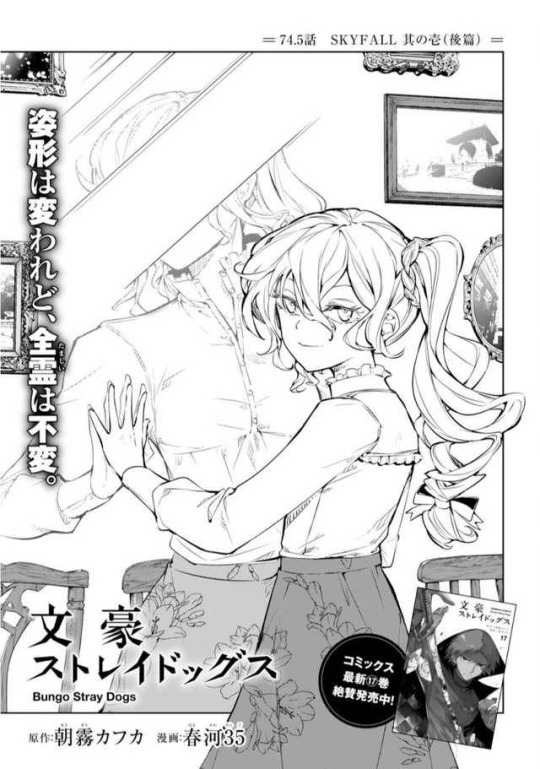
like you mean to tell me that her older reflection WAS NOT a hint to her true form? that that older form in the MIRROR is meant to represent how she's constantly put up the image of a much more mature soul than how young she truly is?
that the teruko on the right was always who she is and we were all misled to thinking she couldn't possibly be as young as she looks???? that older teruko's face is hidden by the mirror's reflcted light because teruko has never truly naturally grown to that stage in her life yet?????
ASAGIRI WHEN I CATCH YOU.
#bsd spoilers#bungou stray dogs#teruko#teruko okura#bsd teruko#bsd teruko okura#hunting dogs#IM NOT MAKING SENSE RN IM JUST UPSET#tho i can def see harukawa and asagiri not having that insane a foresight when harukawa-san drew this official art#idc#this official art feels SO DIFFERENT now.#tuna is going insane#tuna is rambling again
965 notes
·
View notes
Text
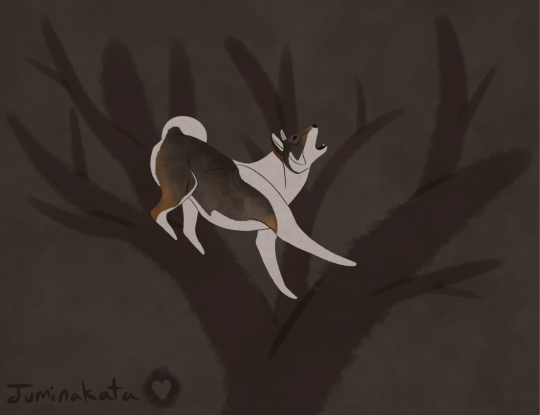
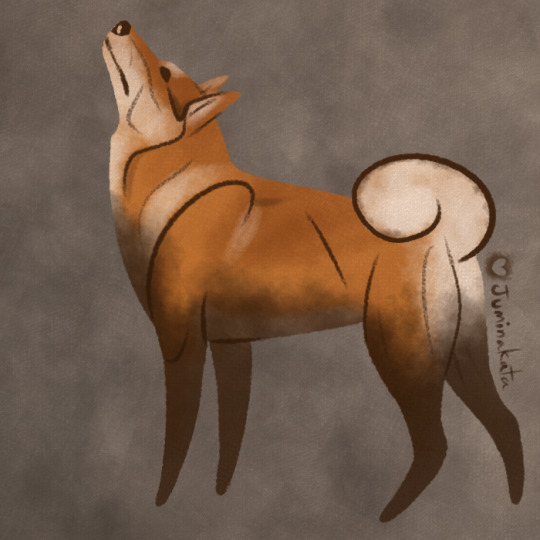
Flint and Ember treeing
@losech
#my art#i did the Flint one a while ago oops#it deffo couldve been more polished#tbh surprised i havent drawn that pic multiple times already#Flint#Ember#west siberian laika#laika#hunting dog#hunting#working dog#hunting dog art#working dog art#hunting art
157 notes
·
View notes
Text

“You taught me the sheer joy to be gained from protecting the innocent”
Happy birthday Jouno!
#bsd#bungo stray dogs#bungou stray dogs#jouno bsd#jouno#jouno saigiku#bsd jouno#saigiku jouno#hunting dogs#hunting dogs bsd#my art#my post
611 notes
·
View notes
Text



It's a little S&M stuff, baby >88)
#art#sketch#sam and max#freelance police#in Sam's dream I tried to do a parody of Duck Hunt with flying snacks and Max instead of that dog#buuuut there was too little space ::(#and Max looks like a frog ha#my art
765 notes
·
View notes
Text
rolls across your screen
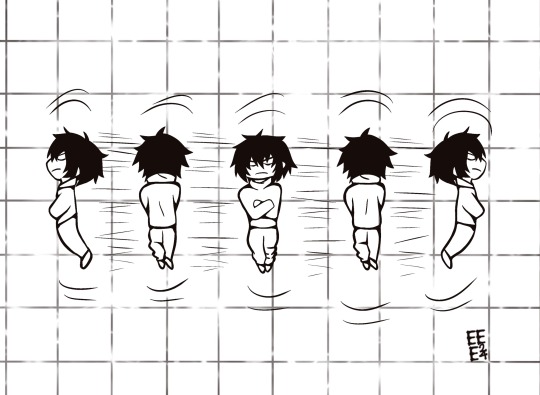
quick little silly while i finish my main fanart piece from the new chapter
#he's having his floor enrichment time#he's my little blub blub#why is he so silly i wanna hunt him down#dazai#dazai osamu#bsd#bungo stray dogs#bsd ch 114#bsd chapter 114#bungo stray dogs ch 114#bungo stray dogs chapter 114#spoiler#bsd fanart#文豪ストレイドッグス#art#artists on tumblr#my art#bsd 114#bungou stray dogs
981 notes
·
View notes
Text
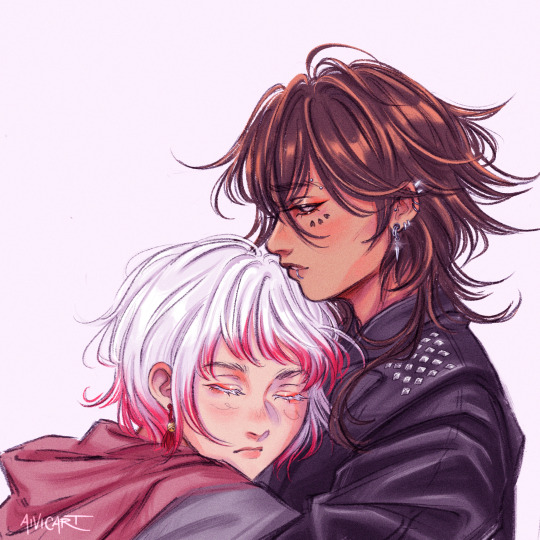
Greetings Suegiku likers, it’s been. a while.
#my last proper suegiku drawing was a year ago aha#bungou stray dogs#bsd#suegiku#jouno saigiku#suehiro tecchou#bsd hunting dogs#technically band au but withou the instruments lol#hunting dogs band au#bungo stray dogs#fan art#my art#digital art
1K notes
·
View notes